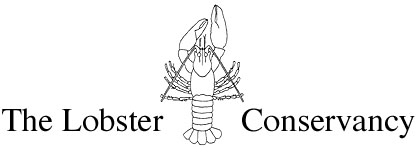 |
 |
| Unit/Task Title:Animal Parenting | Grade Level:5-6 | Course(s):Science | Author:Carla
Eutsler, Linda Archambault, and Dan O'Grady |
| Content Area(s) addressed in this unit/task: English Language Arts Science |
Content Standards and Performance Indications. These standards refer to the Maine Learning Results: ELA: H2, H7, H8 S+T: B4, B5, L4 |
| Guiding Principles taught and assessed in this unit: Effective Communicator |
Assessment criteria (how will you know when they know): Students will show the class their drawing of the animal they studied, and describe what they learned about the animal. In effect, each child will teach the class about their animal, then the class will use what they learned to create a continuum, representing the animals they studied, to show a variety of parent/ offspring relationships. A written version of the game can be included on a quiz later. |
The teacher needs to introduce the lesson with some stories about animals as parents. I like to share some excerpts from The Emperor’s Embrace which is a book about animal fathers. The emperor penguin and seahorse are two interesting animals to share stories about. I also include some stories about frogs…there is a wonderful story about a bullfrog father in The Emperor’s Embrace and there are some great pictures of frog mothers in a National Geographic magazine that shows frogs keeping eggs in their stomachs or in pouches on their skin. This article also describes some survival adaptations that frogs have developed, like eggs being able to hatch prematurely if a predator is trying to eat them so the tadpoles can drop into the water and escape.
Next, I have written names of some common insects, birds, mammals, amphibians, reptiles, fish, and crustaceans on index cards and I have students choose a card to find out what animal they will study. This ensures a good variety for the continuum activity in which students arrange themselves according to the number of offspring the animal has and how much care the young are given, if any. If a child wants to research more than one animal, they may choose the second one.
I give each child a sheet to help them record the information they need to find, and I ask them to draw a picture of the animal that shows its habitat(food, shelter, water, and space) predators, prey, and offspring. If the child is studying a small animal, I ask them to scale their work so their animal is about the size of their hand.
I use a checklist to assess student progress, and I give them a copy of it to refer to so they will remember what they need to do.
After each child has learned about at least one animal using library books, encyclopedias, and the internet, and drawn their picture, they stand in front of the class and share what they learned. Then we organize ourselves into a continuum with one extreme being animals that have lots of young and don’t take care of them, and the other extreme being animals that have only one or two young and take care of them for a long time. Each child has their picture to show what animal they are. This leads to class discussion about the animals and we can draw conclusions and make comparisons.
| Other evidence to be collected that will insure understanding: I collect the picture and research worksheet and staple them together with the checklist. I put the grade and comments on the checklist and hand it all back as a package. The teacher will assess the task. |
Feedback given to students: |
| What are the essential questions? |
Opportunities for integrated technology - web resources: |
| What will insure understanding? |
|
| Time neeeded to complete unit: I usually can check books out of the library ahead of time since I choose the animals we start with. Also, I can usually find some web sites ahead of time. Still, this project can take five or more school days if it is all done in the science classroom. It may take less time in a self-contained classroom since it weaves language arts with science and students could have time during both subjects to work on it. |
Resources needed: |
Downloadable materials: There are two downloads for this lesson and both require Adobe's free Acrobat Reader software in order to view the file. Most current computers have this software installed but if you find you need it just click below and download it. Research
Checklist (16K) |